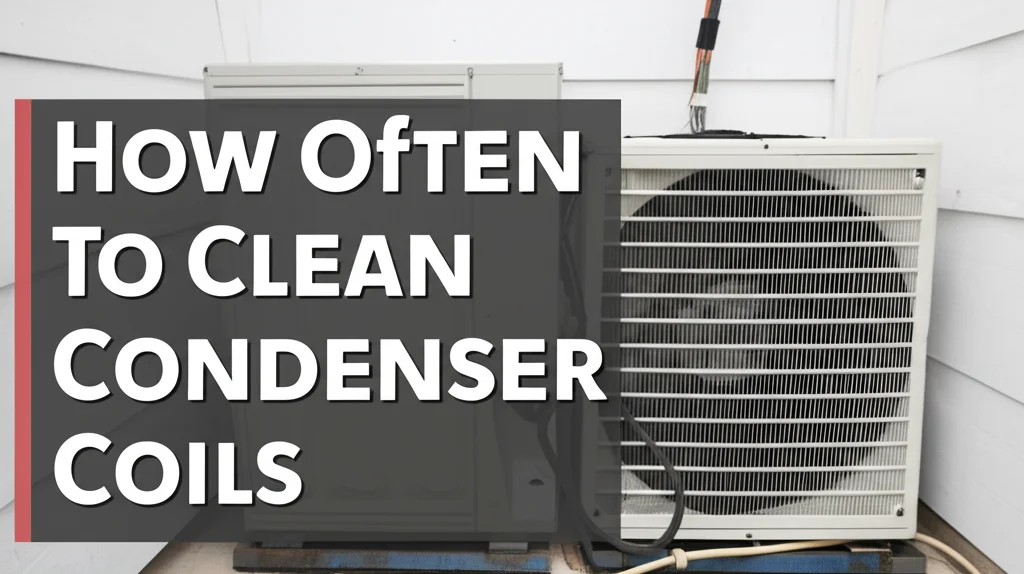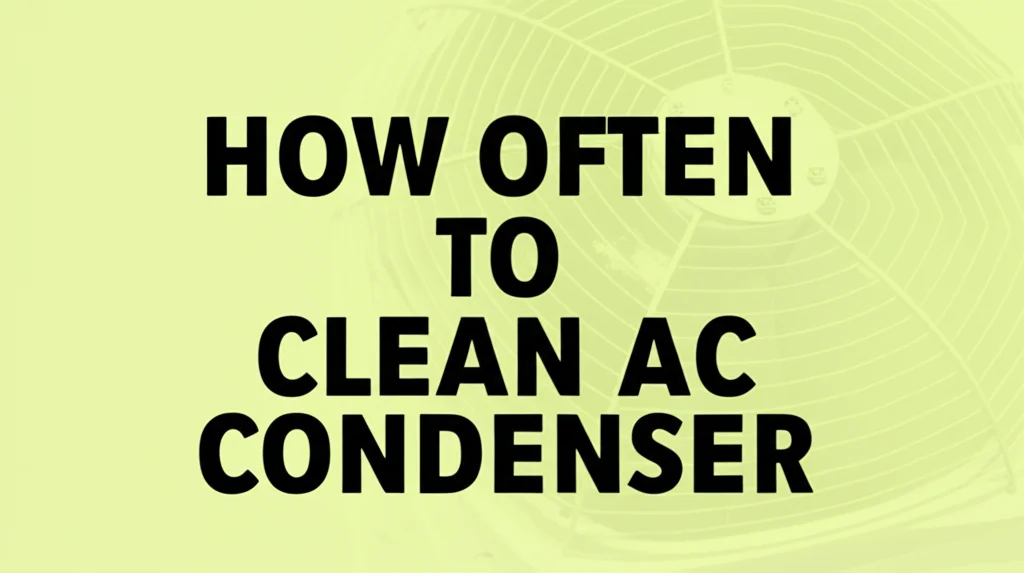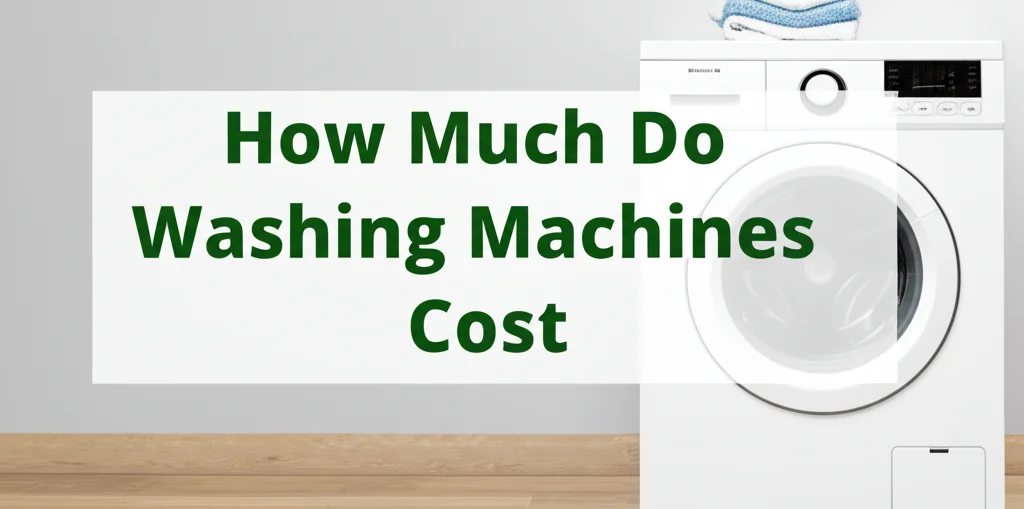· HVAC Maintenance · 7 min read
How Often To Clean Condenser Coils

How Often Should You Clean Your AC Condenser Coils?
Is your air conditioner struggling to keep your home cool? A dirty condenser coil could be the culprit. Many homeowners overlook this crucial part of AC maintenance, leading to reduced efficiency and higher energy bills. Cleaning your condenser coils regularly is a simple task that can significantly improve your AC’s performance and lifespan. This article will guide you through everything you need to know about condenser coil cleaning, including how often to do it, why it’s important, and how to do it yourself. We’ll cover the factors that influence cleaning frequency and provide tips for maintaining optimal AC function.
Here’s a quick answer: Generally, you should clean your AC condenser coils at least once a year, but more frequent cleaning (every 3-6 months) is recommended if you live in a dusty environment or have pets.
Takeaway:
- Clean condenser coils annually for basic maintenance.
- Increase cleaning frequency to 3-6 months in dusty areas or with pets.
- Regular cleaning improves AC efficiency and saves money.
Why Cleaning Condenser Coils Matters
Your air conditioner’s condenser coil is responsible for releasing heat from the refrigerant. Think of it as the AC’s radiator. When the coil is covered in dirt, dust, pollen, or debris, it can’t effectively release heat. This forces your AC to work harder, leading to several problems. A dirty condenser coil reduces cooling capacity, increases energy consumption, and can even cause the system to overheat and fail prematurely. Regular cleaning ensures your AC operates at peak performance, saving you money and extending its lifespan. It’s a small investment of time that yields significant returns.
Factors Influencing Cleaning Frequency
The ideal cleaning schedule for your condenser coils isn’t one-size-fits-all. Several factors can influence how often you need to clean them. Understanding these factors will help you determine the best maintenance plan for your specific situation.
Environmental Conditions
If you live in a dusty or polluted area, or near trees and shrubs, your condenser coils will likely accumulate dirt faster. Areas with high pollen counts, like during allergy season, also require more frequent cleaning. Consider cleaning your coils every 3 months if you live in such an environment. Coastal areas with salt air can also contribute to corrosion and debris buildup.
Pet Ownership
Pet hair and dander can quickly clog condenser coils, especially if your outdoor unit is close to areas where your pets spend time. Pet owners should aim to clean their coils at least twice a year, and potentially more often if their pets shed heavily. Regularly trimming bushes and plants around the unit can also help minimize pet hair accumulation.
AC Usage
The more frequently your AC runs, the more quickly the condenser coils will become dirty. If you live in a hot climate and use your AC almost constantly during the summer, you’ll need to clean the coils more often than someone who only uses their AC occasionally. Consider a cleaning schedule aligned with your AC’s runtime.
Presence of Landscaping
Nearby landscaping, like bushes, trees, and grass, can contribute to debris buildup on the condenser coils. Leaves, twigs, and grass clippings can easily get sucked into the unit. Maintaining a clear space around the AC unit is crucial for preventing this. Trim vegetation regularly to ensure good airflow.
How to Clean Condenser Coils: A Step-by-Step Guide
Cleaning your condenser coils is a relatively straightforward DIY project. Here’s a step-by-step guide to help you get started. Remember to always prioritize safety and disconnect the power to your AC unit before beginning any maintenance.
Safety First: Disconnect Power
Before you do anything, turn off the power to your AC unit at the breaker box. This is crucial to prevent electrical shock. Double-check that the power is off before proceeding. It’s also a good idea to wear gloves and eye protection during the cleaning process.
Remove Debris
Start by removing any visible debris from around the condenser unit, such as leaves, twigs, and grass clippings. You can use a garden hose with a gentle spray nozzle to rinse away loose dirt and debris. Avoid using a high-pressure nozzle, as this could damage the delicate fins.
Fin Comb for Bent Fins
Inspect the fins on the condenser coil. If they are bent, use a fin comb to straighten them. Bent fins restrict airflow and reduce efficiency. A fin comb is an inexpensive tool available at most hardware stores. Gently run the comb through the fins to restore their shape.
Apply Coil Cleaner
Apply a commercially available condenser coil cleaner according to the manufacturer’s instructions. These cleaners are specifically formulated to remove dirt, grime, and mildew from AC coils. Spray the cleaner evenly over the coils, ensuring all surfaces are covered. Let the cleaner sit for the recommended amount of time, usually 10-15 minutes.
Rinse Thoroughly
After the cleaner has had time to work, rinse the coils thoroughly with a gentle stream of water from a garden hose. Again, avoid using a high-pressure nozzle. Rinse from the inside out to flush away the loosened dirt and debris.
Reassemble and Restore Power
Once the coils are clean and dry, reassemble any components you may have removed and restore power to the AC unit. Turn the breaker back on and test the AC to ensure it’s functioning properly.
Choosing the Right Cleaning Products
Selecting the right cleaning products is essential for effectively cleaning your condenser coils without causing damage. Here are some options to consider:
- Condenser Coil Cleaner: These are specifically designed for AC coils and are available in various formulations, including foaming and non-foaming options.
- Mild Soap and Water: For light cleaning, a mixture of mild dish soap and water can be effective.
- Vinegar Solution: A solution of equal parts white vinegar and water can help dissolve mineral deposits and grime. However, use caution as vinegar can be corrosive to some metals. Always test in an inconspicuous area first.
Avoid using harsh chemicals, abrasive cleaners, or high-pressure washers, as these can damage the delicate fins on the condenser coil. Always follow the manufacturer’s instructions for any cleaning product you use. You can find more information on cleaning solutions at https://www.beacleaner.com/what-is-the-best-cleaning-solution-for-ceramic-tile-floors/.
When to Call a Professional
While cleaning condenser coils is a DIY-friendly task, there are situations where it’s best to call a professional HVAC technician.
- Extensive Dirt and Debris: If your coils are heavily soiled or clogged with debris, a professional cleaning may be necessary.
- Bent or Damaged Fins: If the fins are severely bent or damaged, a professional can repair or replace them.
- Refrigerant Leaks: If you suspect a refrigerant leak, do not attempt to clean the coils yourself. Contact a qualified technician immediately.
- Lack of Confidence: If you’re uncomfortable performing the cleaning yourself, it’s always best to err on the side of caution and hire a professional.
FAQ About Condenser Coil Cleaning
Q: Can I use a pressure washer to clean my condenser coils?
A: No, using a pressure washer can damage the delicate fins on the condenser coil. Use a garden hose with a gentle spray nozzle instead.
Q: How will I know if my condenser coils are dirty?
A: Signs of dirty condenser coils include reduced cooling capacity, higher energy bills, and the AC unit running constantly.
Q: Is it okay to clean my condenser coils while the AC is running?
A: No, always disconnect the power to the AC unit before cleaning the coils to prevent electrical shock.
Q: What if I notice corrosion on the condenser coils?
A: Corrosion can indicate a more serious problem. Contact a qualified HVAC technician for inspection and repair.
Q: Can cleaning the condenser coils improve my indoor air quality?
A: Yes, cleaning the coils removes dust, pollen, and other allergens, which can improve your indoor air quality.
Conclusion
Cleaning your AC condenser coils is a simple yet vital maintenance task that can significantly improve your air conditioner’s performance, efficiency, and lifespan. By following the guidelines outlined in this article, you can keep your system running smoothly and save money on energy bills. Remember to clean your coils at least once a year, and more frequently if you live in a dusty environment or have pets. Don’t underestimate the power of a clean condenser coil – it’s a small step that can make a big difference. If you’re looking for other ways to maintain a clean home, consider checking out our guide on https://www.beacleaner.com/how-to-clean-luxury-vinyl-plank-flooring/ for tips on keeping your floors spotless.




